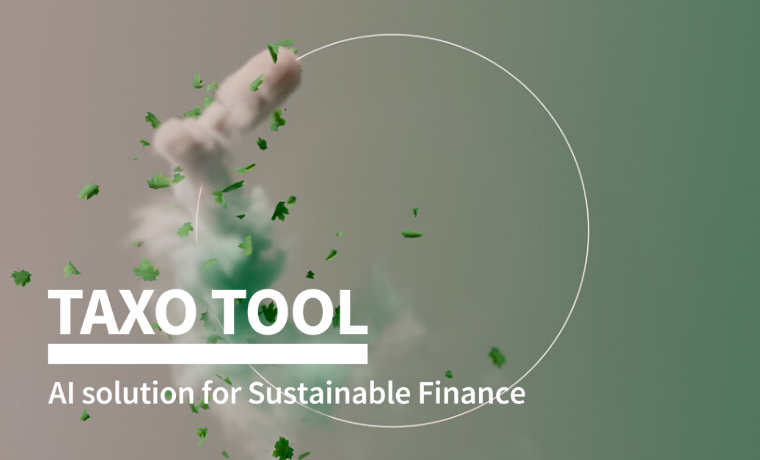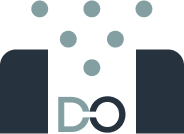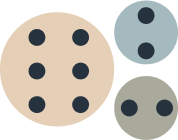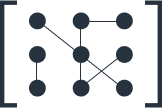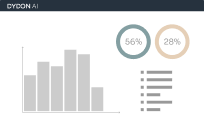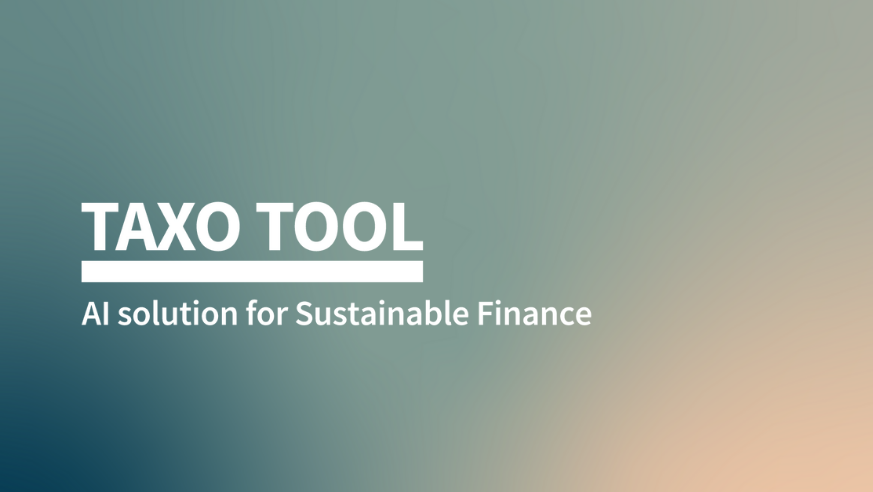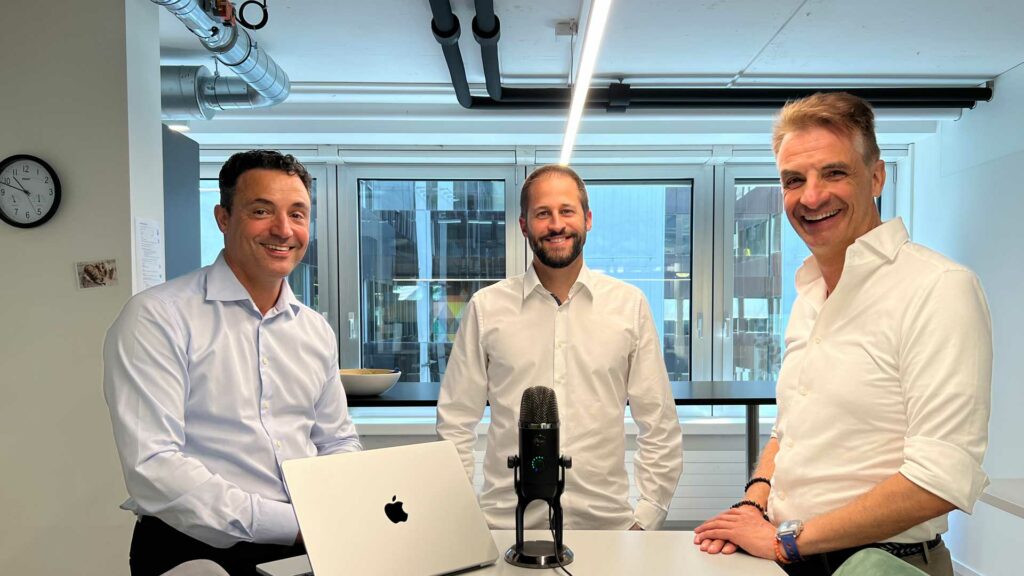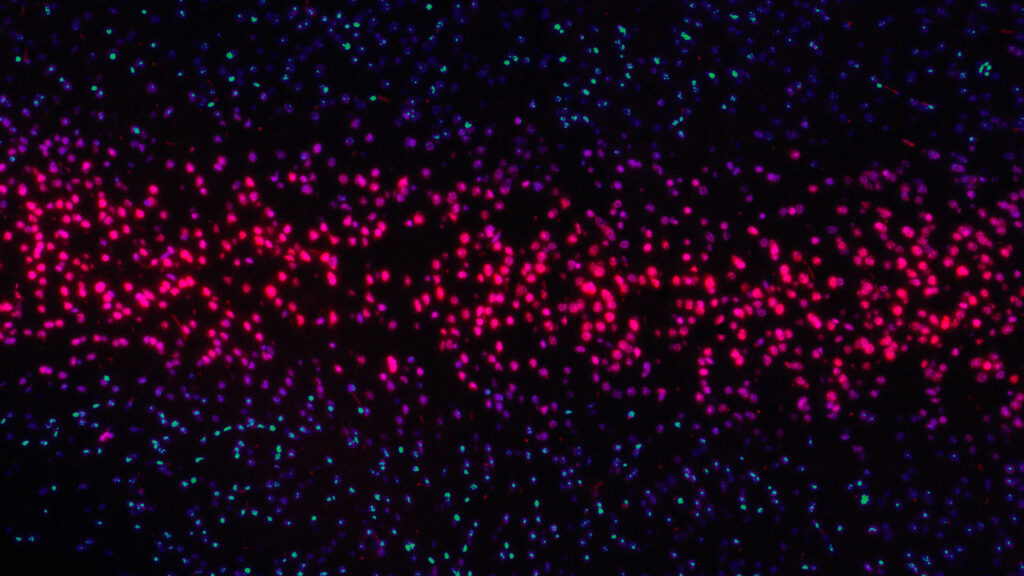EU taxonomy made easy: German savings banks use TAXO TOOL for sustainable financing projects
PRESS RELEASE, 17th January 2024
In the future, savings banks will be able to work with their customers to make their financing projects more sustainable: The TAXO TOOL from VÖB-Service GmbH and Dydon AI enables savings banks to carry out a systematic, structured assessment of their private and corporate customers’ financing projects to determine whether they meet the European Union’s standards for green business practices.
“The move towards greater sustainability in all areas of daily life has now become highly relevant to society. For example, savings banks specifically support corporate customers in successfully leading their business into a sustainable future by analyzing and supporting financing projects with the help of the TAXO TOOL. This creates additional security for our customers,” says Karolin Schriever, Executive Member of the Management Board of the German Savings Banks Association (DSGV).
We empower your decision making with AI
Easy, transparent, fast.
Gain valuable insights from your business, customers, and suppliers to support your strategic decision-making towards real change. We believe in one modular and flexible AI Suite that can easily be applied to many industries and different needs. Our platform includes already solutions for Fintech, Medtech and Legaltech.
Our AI platform enables internal business experts to customise our platform the way they want, with no AI expert support. Our AI Suite is ready for the end-user, with intuitive and easy to handle dashboards.
Our AI solution is offering transparent, auditable and explainable results, enabling to go back to the root of an evaluation.
We offer a fast implementation and customization process enabling our customers to get quick results and reaching their specific goals.
Your ready-to-go AI solution for the financial, legal and healthcare industry.

_Make your company ready for sustainable investments
Artificial intelligence (AI) allows financial institutions and investors to collect and analyse more information than ever before, when accounting for environmental, social, and governance risks and opportunities.
Indeed, AI can help financial institutions and investors direct their funds to more sustainable companies, and most importantly help the companies getting compliant with the new EU sustainability regulations.

Founded in 2016 by Dr. Hans-Peter Güllich in Herrliberg (Zürich)
Dydon AI has grown to a 10-people team working remotely from Switzerland and across Europe.
Man/years invested into the development of the highly versatile and flexible Dydon AI technology.
Years of experience and know-how in AI, Fintech, Technology and Corporate Finance of the founders.
Dydon AG is a Swiss AI company offering a flexible and transparent artificial intelligence platform specialized in Fintech, Insurtech and Medtech solutions
